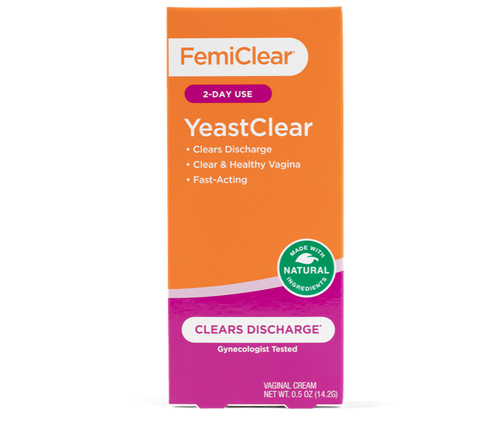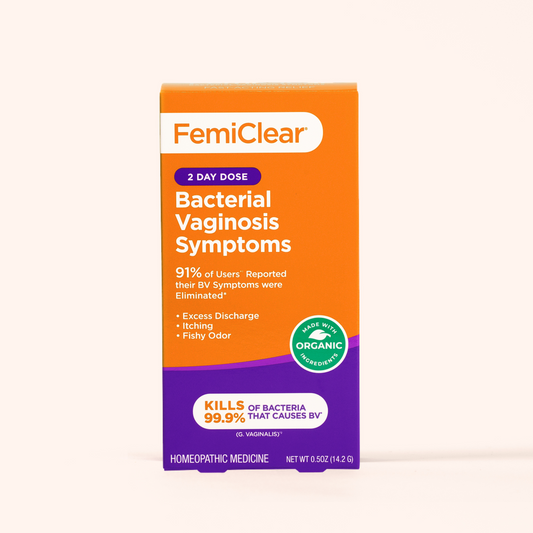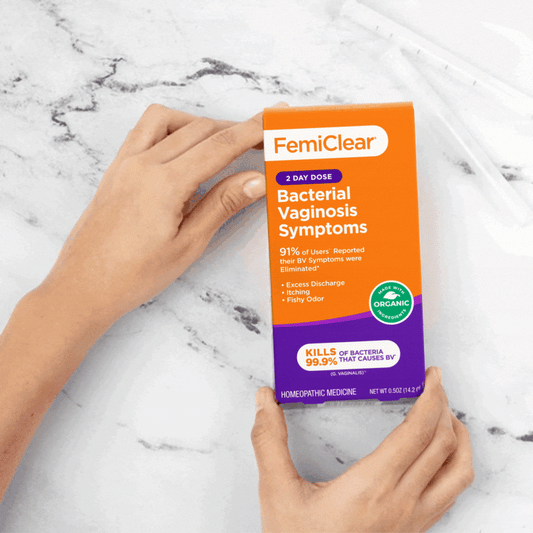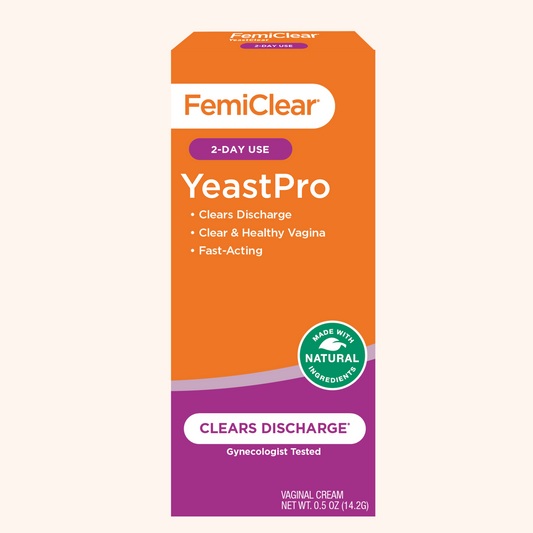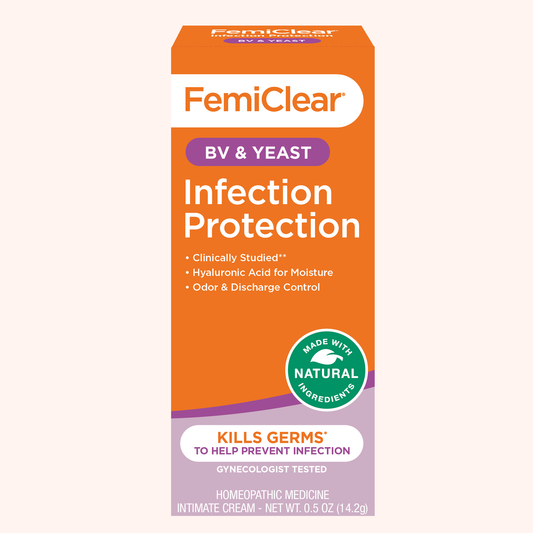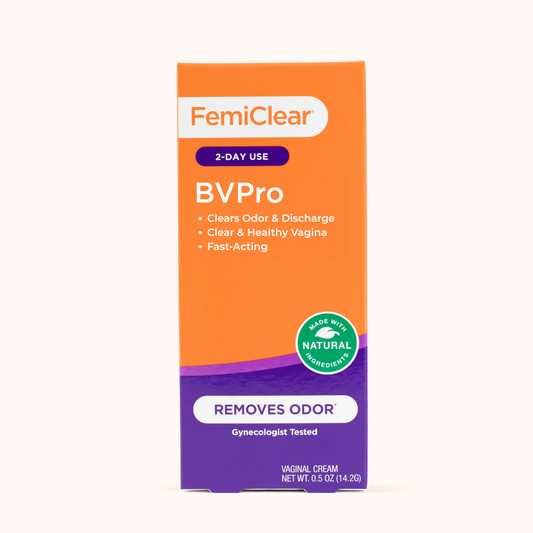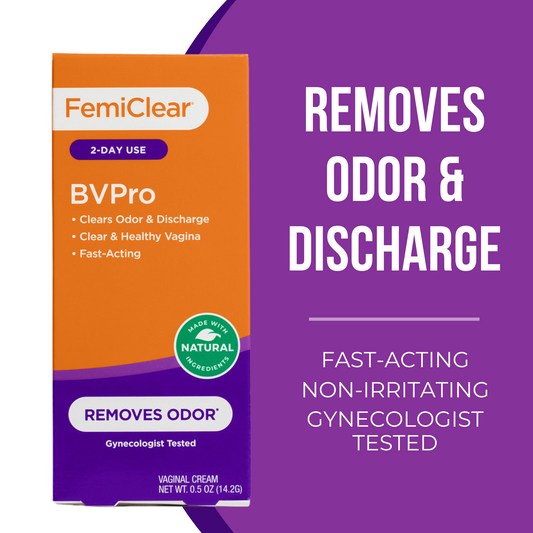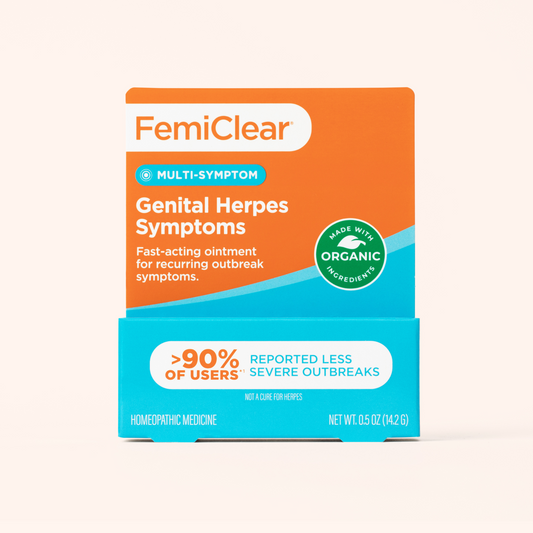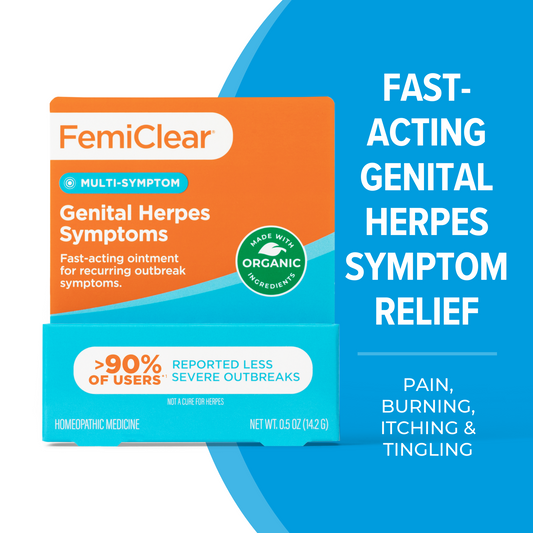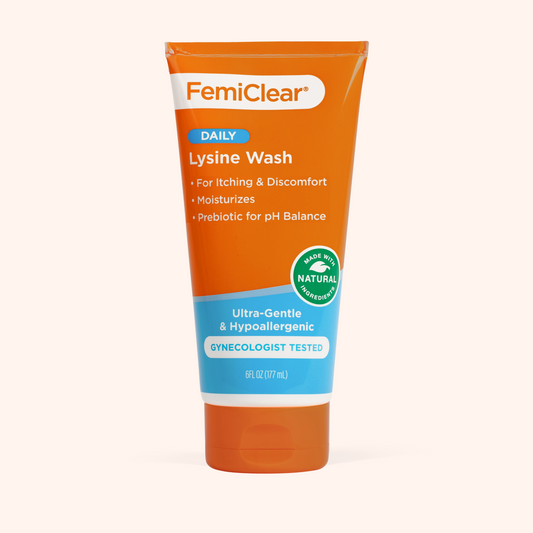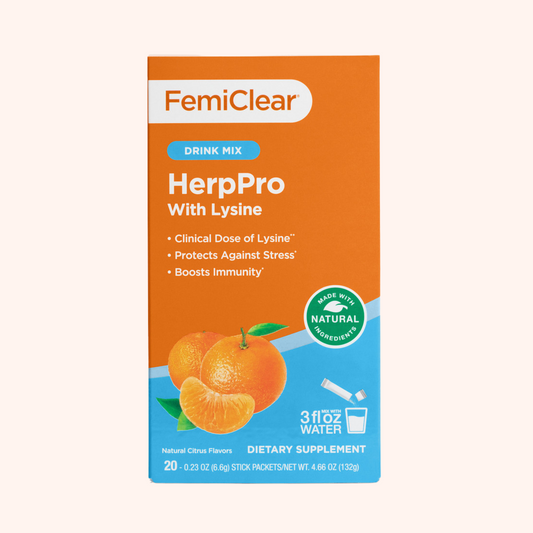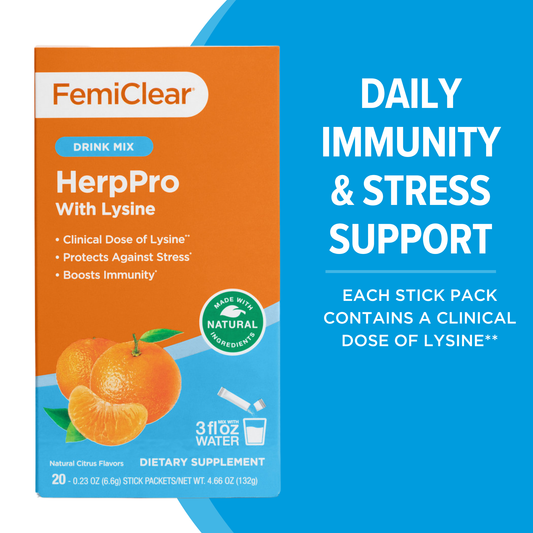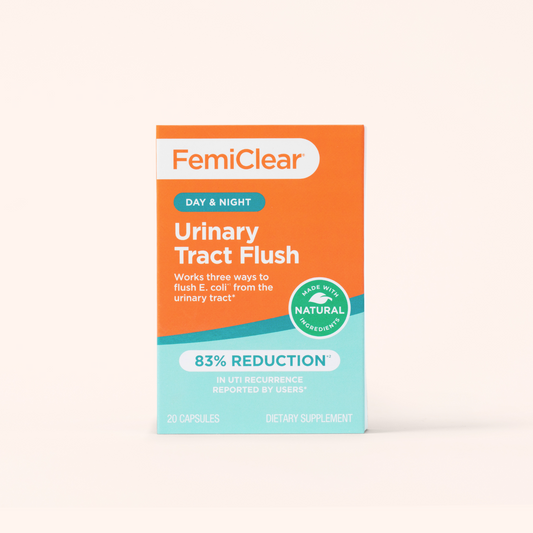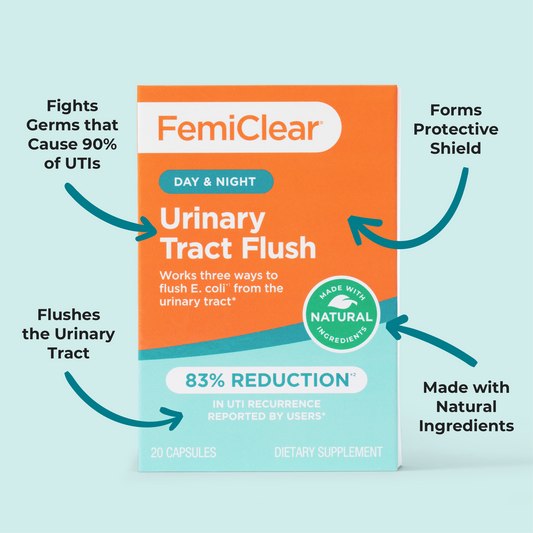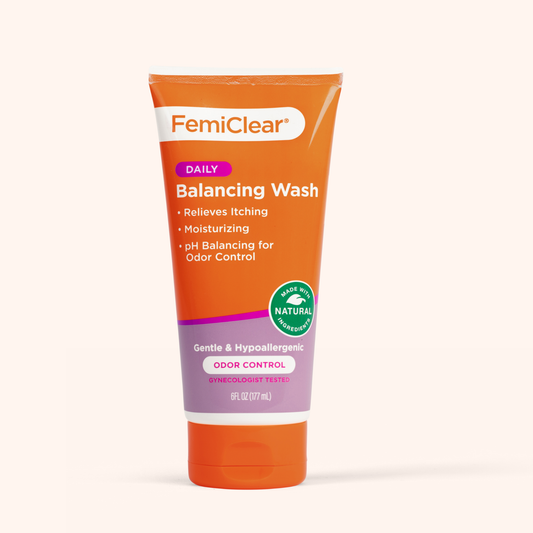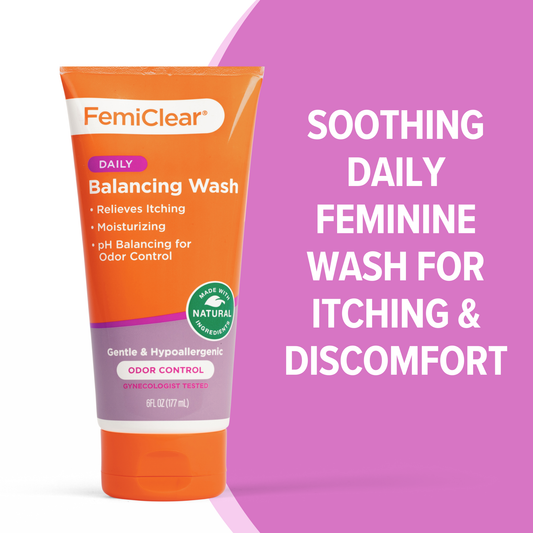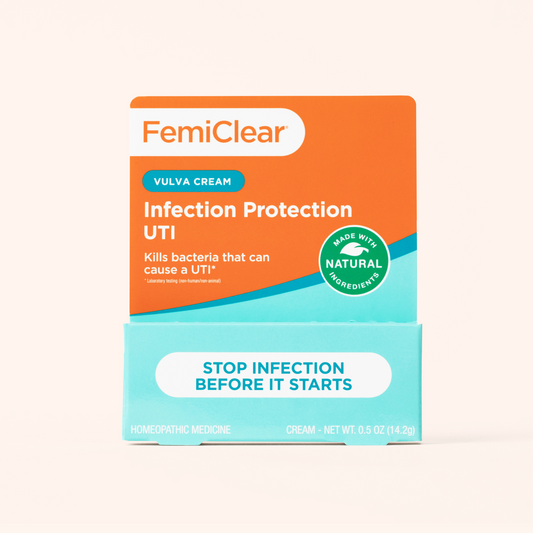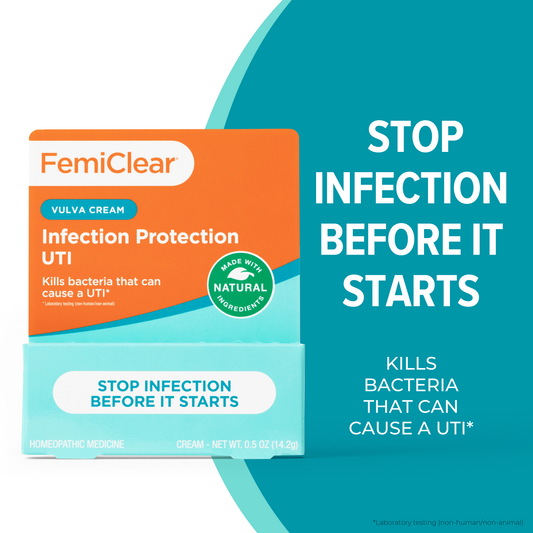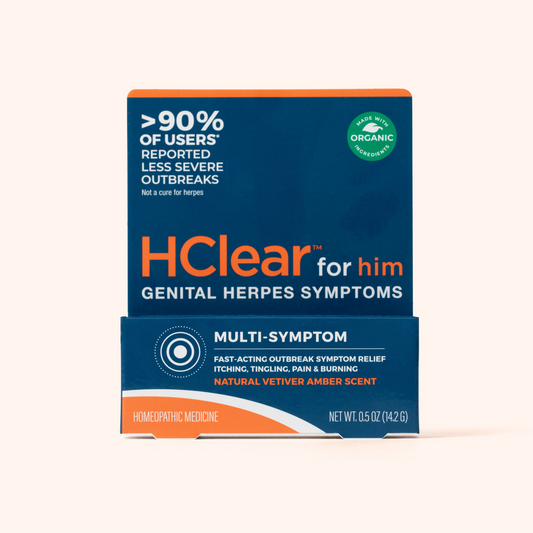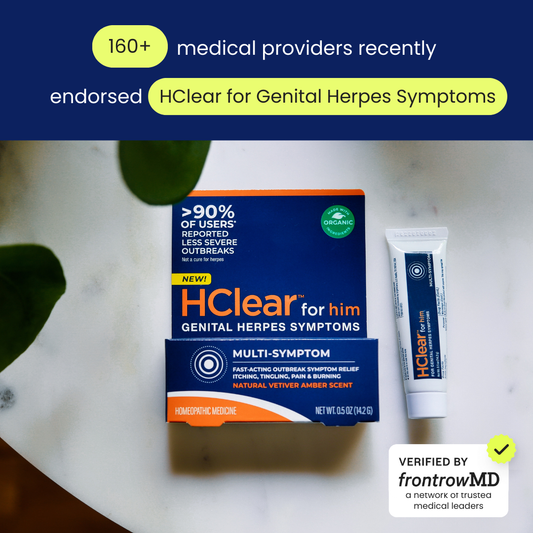Table of Contents
The Scoop on Summertime Yeast Infections
Written by Julia Pelly, MPH Mar 27, 2023

For most people, summertime means trips to the beach, enjoying outdoor music with friends, and (if you’re lucky) summer Fridays that help stretch the weekend just a little bit longer. Unfortunately, the warm weather and sweaty activities that summertime invites can also lead to an increased risk of yeast infections for people with vaginas.
If you’ve noticed yourself being more prone to yeast infections during the summer months, ever wondered if hot weather causes yeast infections, or have never considered the seasonal risk of vaginal yeast infections, knowing what causes this increase in risk can help you avoid a summertime yeast infection. Read on to learn what you need to know about keeping your vagina healthy all year round and ensuring that a summertime yeast infection doesn’t ruin your much-anticipated summer plans.
What is a Yeast Infection?
A vaginal yeast infection is a fungal infection that causes discharge, itchiness, and irritation of the vagina and the vulva. Symptoms can range in intensity from mild to serious and, even when mild, can cause disruption to your everyday life as you manage your uncomfortable symptoms.
Yeast infections are sometimes referred to as vaginal candidiasis because they are caused by an overgrowth of candida. They are also quite common; most women (around 75%) will experience a yeast infection at least once. While experiencing multiple yeast infections is less common, just under half of all women (45%) will have to manage two or more yeast infections at some point in their life.
What Causes Yeast Infections?
Vaginas are their own microbiome (a microbiome is a unique mixture of microorganisms in a particular environment), and a healthy vagina has a balanced mix of bacteria and candida. Most yeast infections are caused by an overgrowth of the fungus candida albicans. This overgrowth occurs when the bacteria that normally works to prevent an overgrowth of yeast becomes unbalanced. In this unbalanced or disrupted state, the candida overgrowth may penetrate deeper cell layers of the vagina and cause the uncomfortable symptoms (like itching, irritation, and discharge) that most women recognize as the tell-tale signs of a yeast infection.
So, what causes the bacterial imbalance that allows candida overgrowth to occur? There are several factors that increase the risk of upsetting the balance of the vaginal microbiome, including:
- Taking hormonal birth control that increases estrogen levels.
- Having an impaired immune system (this can be caused by things like HIV, cancer, or other immune-suppressive diseases).
- Pregnancy, often comes with hormone shifts that change the vaginal pH.
- Uncontrolled diabetes with poorly controlled blood sugar levels.
- Using antibiotics, which can cause a quick shift in the natural vaginal flora.
- Participating in activities that leave the vaginal area more hospitable to yeast overgrowth, such as wearing damp, wet, or sweaty clothing for a prolonged period.
- Choosing non-cotton undergarments or tight leggings that are not breathable.
What are the Symptoms of a Yeast Infection?
Yeast infections are most often known for the discharge and discomfort they cause. While the symptoms of a yeast infection are somewhat distinct, it can sometimes be difficult to tell the difference between a yeast infection and another type of vaginal infection. The symptoms of a yeast infection include:
- An odor-free, white, thick vaginal discharge that resembles cottage cheese or a watery vaginal discharge.
- A vaginal rash that may be slightly or seriously uncomfortable.
- Vaginal pain and soreness that may come and go or remain constant.
- Redness and swelling in the vulva area.
- A burning sensation that is often most noticeable while urinating or during intercourse.
- Irritation and itching in the vulva and vagina that may come and go or remain constant.
Why are Yeast Infections More Common in the Summertime?
Does warm weather cause yeast infections? It turns out that warm weather does not cause yeast infections but that some summer and warm weather-specific situations make yeast infections more common during the summertime.
While some risk factors for yeast overgrowth remain constant throughout the year, some are much more likely to occur during summer. During the warmest season of the year, most women are more likely to experience sweating or remain in sweaty clothing longer than during the cooler months. Working out or exercising outdoors in hot weather, spending time leisurely in the sun, and having less opportunity to change from sweaty clothing into fresh, clean clothing are all more common during the summer months, and all increase your risk of developing a yeast infection.
During the warm summer weather, women are also more likely to go swimming and remain in a wet bathing suit than they are during the cooler months of the year. Swimsuits are not breathable in the way that cotton underpants are and can (unfortunately) create ideal conditions for yeast overgrowth.
How Can You Reduce the Risk of a Summertime Yeast Infection?
While there’s never a good time for a yeast infection, most women really don’t want to miss out on summer fun due to the discomfort a yeast infection can cause. Luckily, there are things you can do to prevent a yeast infection all year round and specifically during the summer months.
Some things you can do all year long that will help lower your yeast infection risk include:
- Using probiotics to support your natural vaginal microbiome which can prevent candida overgrowth.
- Avoiding hormonal birth control in favor of non-hormonal options such as condoms, natural family planning, or a non-hormonal IUD.
- Wearing breathable, cotton underwear that does not trap heat or moisture or disrupt the natural vaginal flora.
Some yeast infection prevention tips that you should be particularly mindful of during the warmer months include:
- Changing out of sweaty shorts, leggings, and underpants in a timely manner to avoid creating a yeast-friendly environment.
- Wearing your swimsuit only for swimming and then changing into breathable cotton underpants for non-swimming poolside activities.
Since dampness and warmth create ideal conditions for yeast overgrowth, anything you can do to reduce these factors in your genital region can help prevent yeast infections. As long as you do your best to change out of damp or sweaty clothing promptly, choose loose and breathable shorts and pants (instead of tight spandex leggings or biking shorts) when you work out or do other sweat-inducing activities, and opt for breathable cotton underpants, your summertime yeast-infection risk won’t be noticeably higher than your fall, winter, or springtime yeast infection risk.
How Can You Feel Better When You Are Experiencing a Yeast Infection?
Whether you are experiencing a yeast infection during the warmer or cooler months, FemiClear offers a soothing yeast infection cream and other remedy options designed to help you feel better quickly. The team at FemiClear is dedicated to offering women options for symptom relief that work and work quickly. FemiClear offers two options for yeast infection treatment -- a 1-day dose for mild yeast infections and a 2-day dose for stubborn yeast infections.
In addition to products that are designed specifically for women who are currently experiencing a yeast infection, several products can relieve discomfort around the vulva or vagina and help keep the vaginal microbiome healthy in order to prevent yeast infections.
Vaginal Itch Relief can offer serious relief from vaginal burning, itching, and irritation (no matter the cause) over-the-counter and without a prescription. Fast Feminine Itch Relief is made with all-natural, and organic ingredients with anti-inflammatory properties that quickly reduce the intensity of itching.
FemiClear’s Feminine Wash is formulated with a prebiotic blend that supports good vaginal bacteria. It is pH balanced and soothes vaginal itching and irritation. The Feminine wash can be used daily to soothe uncomfortable dryness and help maintain a healthy vulvovaginal environment.
The Final Word of Summertime Yeast Infections
When you understand what causes yeast infections and the factors that can increase your risk of developing a yeast infection, it starts to make sense that yeast infections can be more common during the summer.
Taking steps to prevent yeast infections should be an important part of your vaginal self-care routine all year round. With products that can help keep your vagina healthy and products that can help relieve the discomfort associated with yeast infections, FemiClear is here to be your partner in vaginal health.
This summer, take note of your normal routine and be sure to make the small changes you may need to make to help lower your risk of a yeast infection. Be sure to change out of damp or sweaty clothing promptly, avoid sitting poolside in a wet bathing suit for a prolonged period of time, and choose breathable, cotton underwear whenever possible. And, if you do end up experiencing discharge and discomfort, know that FemiClear is here to help with symptom relief remedies and vaginal creams that work quickly!
Written by Julia Pelly, MPH Mar 27, 2023

YeastPro for Vaginal Discharge | Cream
Relief from Discharge in 24 Hours
Learn More